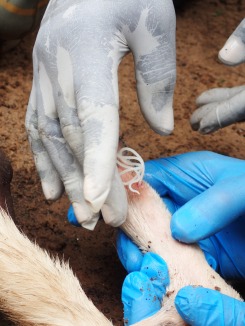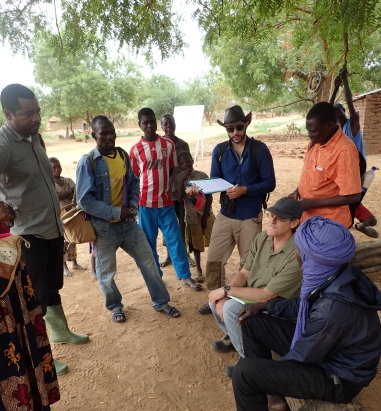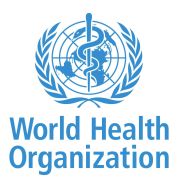Domestic Dogs & Guinea Worm

Guinea worm, Dracunculus medinensis, is set to become the second human disease in history to be eradicated. In 1986 the disease burdened millions of people in 21 countries throughout Africa and Asia, today the disease is only present in Chad, Ethiopia and Mali. However, the closing stages of the global eradication campaign may be affected by the recent detection of clusters of infection among dogs. The problem appears to affect large numbers of animals in Chad but is also evident in Ethiopia.
Transmission pathways in humans are well documented and include drinking water containing infected copepods and eating contaminated fish. Despite this, there is uncertainty around how dogs acquire infection and knowledge of free-ranging dog biology in Africa is limited.
 In partnership with the World Health Organisation and The Carter Center, we are investigating dog ecology in relation to Guinea worm infection. Our aim is to understand correlates for the risk of infection, with a particular focus on dog diet and dog activity around water bodies. Using GPS trackers, proximity loggers and isotopic analysis on a large number of free-ranging domestic dogs, we hope to increase our understanding of transmission pathways in dogs and provide the basis for controlling dog infections.
In partnership with the World Health Organisation and The Carter Center, we are investigating dog ecology in relation to Guinea worm infection. Our aim is to understand correlates for the risk of infection, with a particular focus on dog diet and dog activity around water bodies. Using GPS trackers, proximity loggers and isotopic analysis on a large number of free-ranging domestic dogs, we hope to increase our understanding of transmission pathways in dogs and provide the basis for controlling dog infections.



